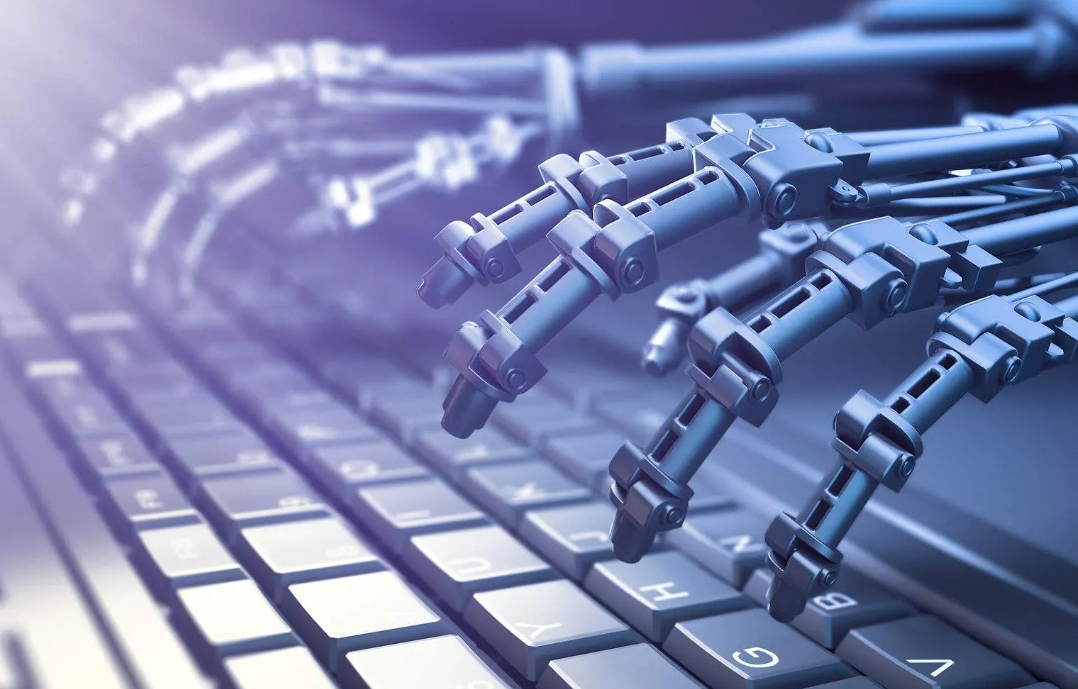BitBrowser Anti - Detect
Professional

The RPA logic of the fingerprint browser is mainly based on the operation of simulated humans on the browser. This automation logic can include the following aspects:
Open Bitbrowser: RPA can simulate the operation of human opening the fingerprint browser, start the browser and enter the corresponding website or page.
Enter account password: RPA can automatically log in to the corresponding e -commerce platform or website by simulating the operation of human input account passwords.
Automated browsing and click: RPA can automatically browse and click the elements in the webpage by simulating human mouse and keyboard operations, such as commodity links, reviews, etc., browsing, etc.
Data crawling and analysis: RPA can automatically capture and analyze the data on the e -commerce platform or website through simulation of human operations. This data can include product information, prices, reviews, etc.
Automation process control: RPA can control the control and management of the automation process through simulation of human processes. For example, the process of automation can include logging in the e -commerce platform, then browse specific product pages, and then add to the shopping cart.
Data processing and export: RPA can process and clean the grabbed data, such as removing duplicate data, transforming data, and exporting the processing data to the local file or database.
Abnormal processing and log records: RPA can automatically record the abnormal conditions and error information in the operation process, which is convenient for users to investigate and repair.
In short, the RPA logic of the fingerprint browser is based on the operation of simulated humans on the browser. This automation logic can include various operation steps and control processes to achieve efficient network automation and data capture. At the same time, RPA can also improve work efficiency and security, avoid people's errors and security loopholes.
